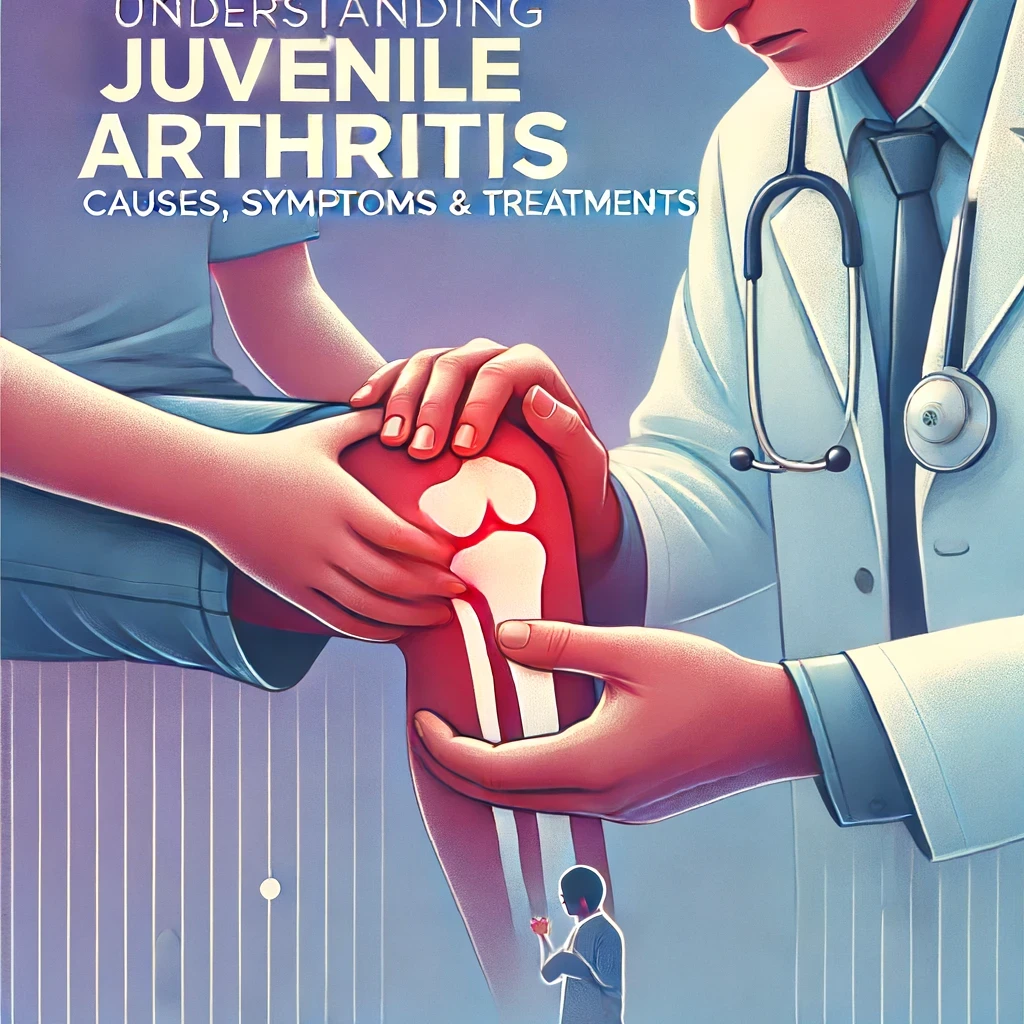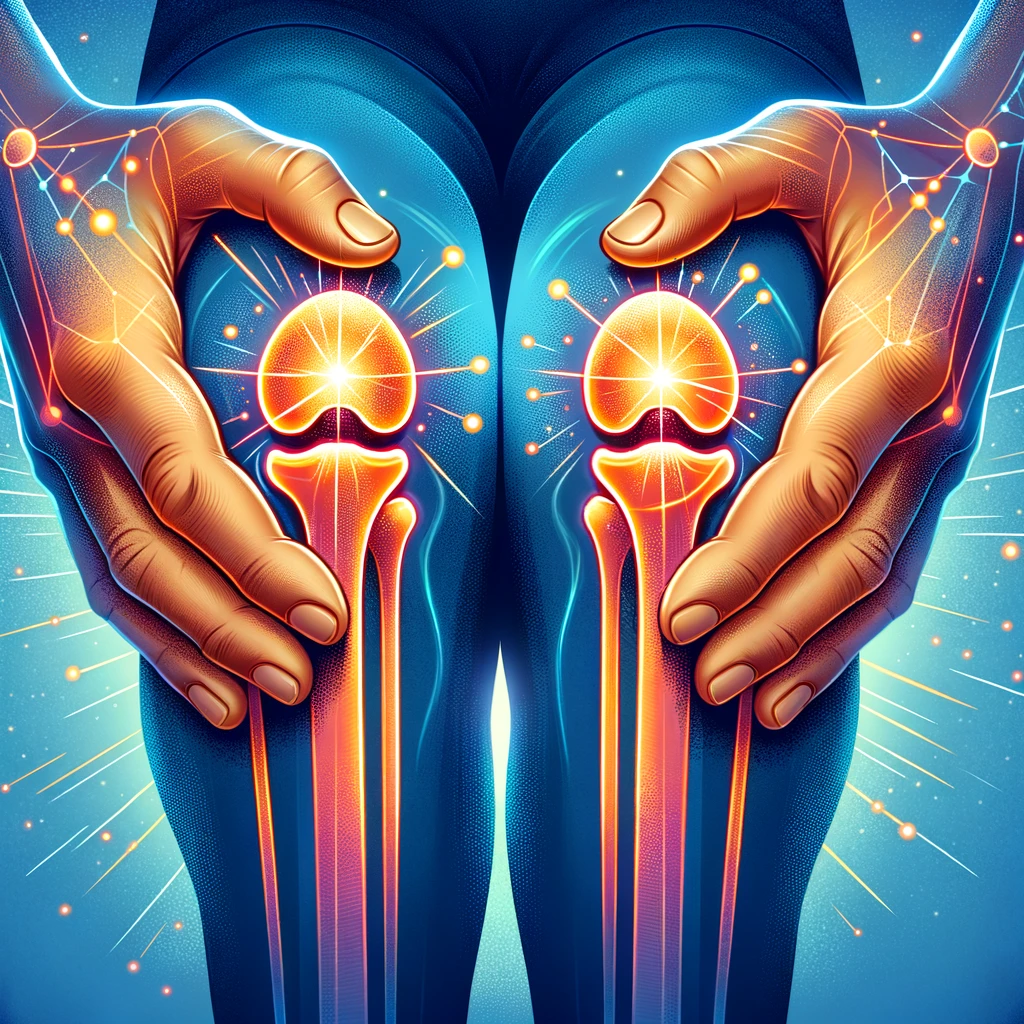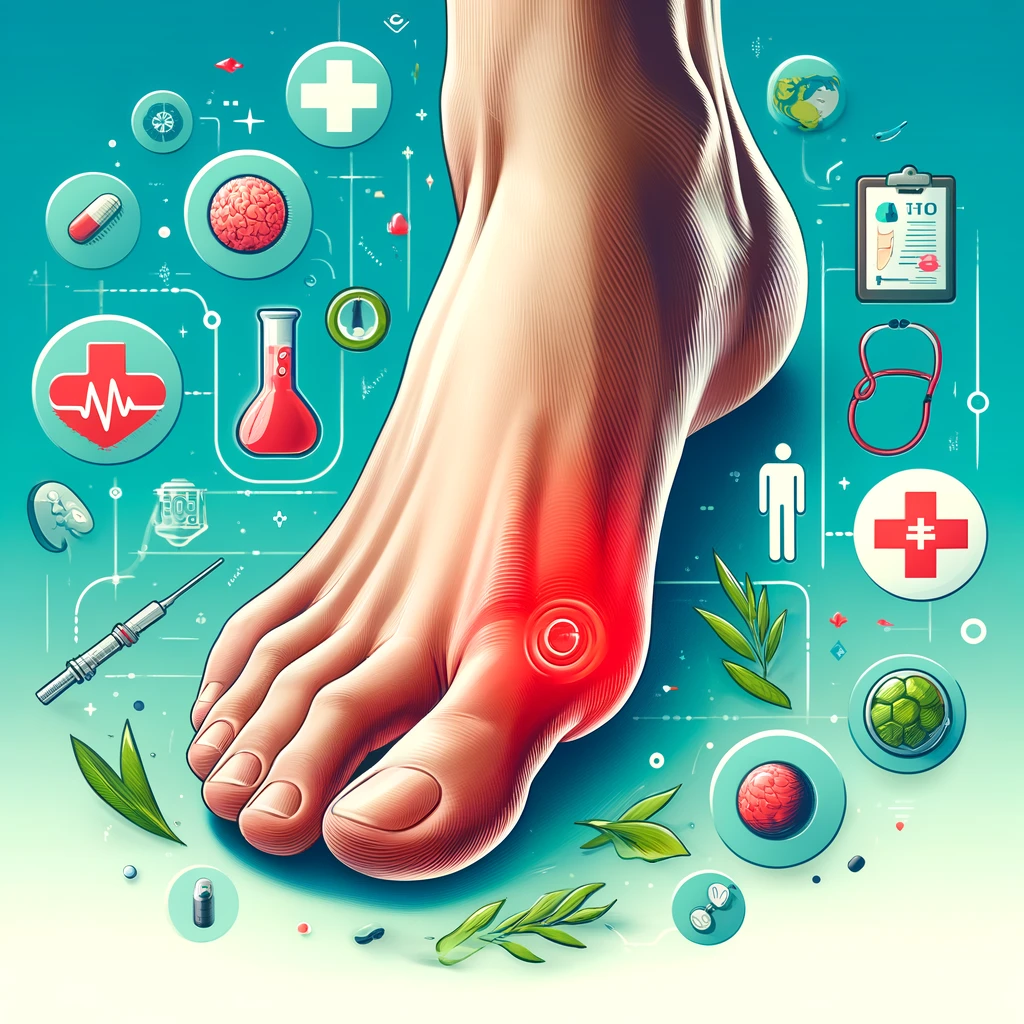
Table of Contents
Juvenile arthritis (JA) isn’t just a miniature version of the arthritis adults experience. It’s a complex and often challenging condition that affects children, bringing unique hurdles and considerations. Unlike adult arthritis, which typically results from wear and tear, juvenile arthritis involves the immune system attacking healthy tissue in the joints. This guide aims to shed light on the intricacies of juvenile arthritis, from its causes and symptoms to the latest treatments and daily management strategies.
Understanding juvenile arthritis is crucial not only for those directly affected but also for educators, healthcare providers, and society as a whole. Early diagnosis and appropriate treatment can make a significant difference in a child’s life, enabling them to lead a more comfortable and active existence. Let’s dive into the world of juvenile arthritis to understand its impact and how we can manage it effectively.
What is Juvenile Arthritis?
Definition
Juvenile arthritis is a term that encompasses various autoimmune and inflammatory conditions that develop in children under the age of 16. These conditions cause persistent joint pain, swelling, and stiffness, which can interfere with a child’s growth and development.
Types of Juvenile Arthritis
There are several types of juvenile arthritis, each with distinct characteristics:
- Oligoarticular Juvenile Idiopathic Arthritis (JIA): Affects four or fewer joints in the first six months.
- Polyarticular Juvenile Idiopathic Arthritis: Involves five or more joints and can resemble adult rheumatoid arthritis.
- Systemic Juvenile Idiopathic Arthritis: Causes joint pain along with systemic symptoms like fever and rash.
- Enthesitis-Related Arthritis: Involves inflammation where the tendons attach to the bone and may affect the spine.
- Psoriatic Arthritis: Associated with psoriasis and typically affects both skin and joints.
Causes and Risk Factors
Genetic Factors
Genetics play a significant role in juvenile arthritis. Children with a family history of autoimmune diseases are at a higher risk. Specific genes related to the immune system, such as HLA-B27, have been linked to certain types of juvenile arthritis.
Environmental Triggers
Factors such as infections, stress, and physical trauma may trigger the onset of juvenile arthritis in genetically predisposed children. Environmental pollutants and dietary factors are also being investigated as potential contributors.
Immune System Dysfunction
Juvenile arthritis occurs when the immune system mistakenly attacks the body’s own tissues, causing inflammation in the joints. This autoimmune response is a hallmark of the disease, though the exact triggers are still under research.
Symptoms of Juvenile Arthritis
Joint Pain and Swelling
Persistent joint pain, swelling, and tenderness are primary symptoms. These can be more pronounced in the morning or after periods of inactivity.
Stiffness and Reduced Mobility
Children with juvenile arthritis often experience stiffness, especially in the morning. This stiffness can reduce their range of motion and affect their ability to participate in regular activities.
Systemic Symptoms
In some cases, systemic symptoms like fever, rash, and fatigue accompany the joint symptoms, indicating a more widespread inflammatory response.
Diagnosing Juvenile Arthritis
Medical History and Physical Examination
Diagnosis typically starts with a detailed medical history and physical examination. Doctors look for patterns of joint involvement, symptoms of systemic inflammation and family history of autoimmune diseases.
Imaging Tests
X-rays, MRI, or ultrasound imaging help assess joint damage and inflammation, providing a clearer understanding of the disease’s impact on the body.
Laboratory Tests
Blood tests can identify markers of inflammation and autoantibodies. While there is no specific test for juvenile arthritis, these tests can help rule out other conditions and support the diagnosis.
Differences Between Juvenile Arthritis and Adult Arthritis
Unique Aspects of Juvenile Arthritis
Juvenile arthritis affects children’s growth and development, which adds an extra layer of complexity. Unlike adult arthritis, which often results from degenerative processes, JA involves an inflammatory and autoimmune component that can impact a child’s overall health.
Growth and Development Concerns
Growth plates in the bones can be affected by the inflammation, leading to growth abnormalities if not properly managed. Additionally, the disease and its treatment can influence physical and psychological development.
Treatment Options for Juvenile Arthritis
Medications
Nonsteroidal Anti-Inflammatory Drugs (NSAIDs)
NSAIDs are commonly used to relieve pain and reduce inflammation. They are often the first line of treatment for mild cases.
Disease-Modifying Antirheumatic Drugs (DMARDs)
DMARDs, such as methotrexate, are used to slow the progression of the disease and prevent joint damage. They are more commonly used when NSAIDs are insufficient.
Biologics and Corticosteroids
Biologic medications target specific components of the immune system to reduce inflammation. Corticosteroids can also be used for short-term control of severe inflammation.
Lifestyle Changes
Diet and Exercise
A balanced diet rich in anti-inflammatory foods and regular exercise can help manage symptoms and improve overall health. Physical activity helps maintain joint function and muscle strength.
Stress Management
Techniques such as mindfulness, relaxation exercises, and therapy can help children cope with the stress and emotional challenges of living with a chronic condition.
Alternative Therapies
Physical Therapy
Physical therapy can improve joint function, reduce pain, and help children maintain an active lifestyle despite their condition.
Occupational Therapy
Occupational therapy focuses on helping children perform daily activities more easily, promoting independence and improving quality of life.
Managing Juvenile Arthritis at Home
Pain Management Techniques
Pain management may include medications, heat or cold therapy, and gentle exercises. Finding effective pain relief methods tailored to the child’s needs is crucial for daily comfort.
Creating a Comfortable Environment
Adapting the home environment to minimize strain on joints can make a significant difference. This might include ergonomic furniture, supportive bedding and accessible layouts.
Support Systems
Building a network of support, including family, friends, healthcare providers and support groups, can provide emotional and practical assistance.
Diet and Nutrition for Juvenile Arthritis
Anti-Inflammatory Foods
Foods rich in omega-3 fatty acids, antioxidants, and fiber can help reduce inflammation. Incorporating fish, fruits, vegetables and whole grains into the diet is beneficial.
Supplements and Nutritional Support
Supplements such as omega-3 fatty acids, vitamin D and calcium can provide additional support, especially if dietary intake is insufficient.
Exercise and Physical Activity
Benefits of Exercise
Regular exercise helps maintain joint mobility, muscle strength, and overall fitness. It can also improve mood and reduce symptoms of depression and anxiety.
Recommended Activities
Low-impact exercises like swimming, cycling, and yoga are ideal for children with juvenile arthritis. These activities are gentle on the joints while promoting flexibility and strength.
Precautions
Consulting with a healthcare provider before starting any new exercise regimen is essential. Activities should be tailored to the child’s abilities and monitored for any signs of discomfort or overexertion.
The Role of Mental Health in Juvenile Arthritis
Coping with Chronic Pain
Chronic pain can take a toll on mental health. Developing coping strategies, such as mindfulness and relaxation techniques, can help manage pain more effectively.
Support Groups and Counseling
Connecting with others who have juvenile arthritis through support groups or seeking counseling can provide emotional support and practical advice.
Educational and Social Considerations
School Accommodations
Children with juvenile arthritis may need accommodations at school, such as extended time for tests, modified physical activities or ergonomic tools.
Social Interaction and Peer Support
Encouraging social interaction and helping children build peer relationships can enhance their emotional well-being and provide a sense of normalcy.
Conclusion
Juvenile arthritis presents unique challenges but understanding its complexities can empower families and patients to manage the condition effectively. From recognizing the early signs to exploring the latest treatments and support strategies, staying informed is key to improving quality of life. By working closely with healthcare providers and leveraging available resources, children with juvenile arthritis can achieve their full potential and lead joyful, active lives.
FAQs
Is juvenile arthritis the same as rheumatoid arthritis?
No, juvenile arthritis specifically affects children, while rheumatoid arthritis typically affects adults. They have different symptoms and treatment approaches.
Can children outgrow juvenile arthritis?
Some children may experience remission or reduced symptoms as they grow older, but others may continue to have symptoms into adulthood.
How does juvenile arthritis affect growth and development?
Inflammation can impact growth plates, potentially leading to growth abnormalities if not properly managed.
What role does diet play in managing juvenile arthritis?
A healthy diet rich in anti-inflammatory foods can help manage symptoms and improve overall health. Supplements may also be beneficial.
How can parents support a child with juvenile arthritis?
Parents can support their child by creating a comfortable home environment, advocating for school accommodations, and providing emotional support through active listening and encouragement.



